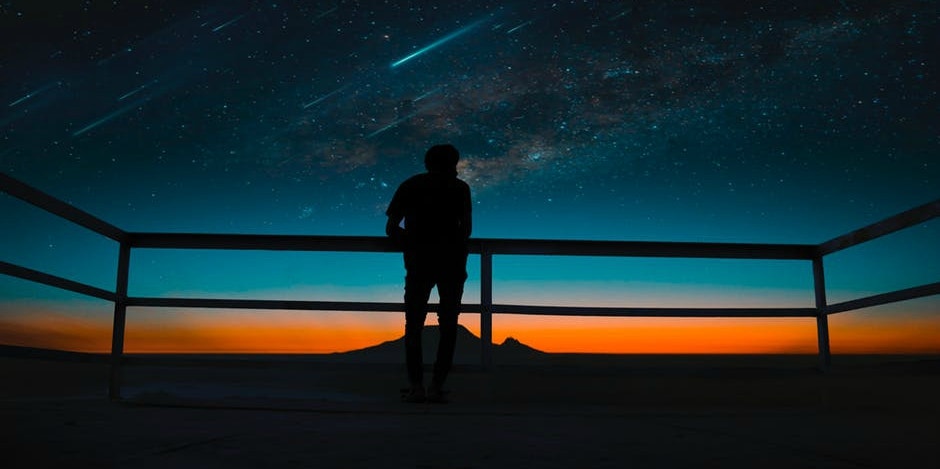What Are Orionid Meteor Showers & Where To See Them During The October 22nd, 2019 Peak
Don't forget to catch a glimpse sometime this month!
 Pexels
Pexels Did you miss out on the Perseid or the Taurid meteor shower this year?
Well, don't worry because the sky will be host to another breathtaking phenomenon very soon. That's right.
The Orionid meteor shower is scheduled to be making its appearance this October.
Although both the Perseids and the Orionids are meteor showers, they're two completely different, separate events and one can tell the difference by the number of visible showers observed and by speed.
While the Orionid meteor shower may not be quite as flashy or proud as the Perseid shower, it's still just as much of an incredible and special phenomenon in its own unique way.
And there are only a few specific nights in the entire year where you can really catch its brilliance, so you don't want to lose your chance of spotting this rare event.
So, let's get to the good part then.
How can you see the Orionid meteor shower? And, when and where will it be happening?
Here's all of the information to know about the 2019 Orionid meteor shower this October.
What is the Orionid meteor shower?
The Orionid meteor shower is created from pieces of the great Comet Halley, which is the most well-known comet of all time.
Each year, the comet leaves particles as it goes through space which eventually hits the Earth's atmosphere and becomes known as the Orionid meteor shower.
And the name "Orionid" wasn't picked because it sounds exotic and cool (even though we can't argue that it doesn't.)
The event's name was chosen for the point in the sky where the showers surface, which happens to be in the direction of the Orion the Hunter constellation.
Fun fact: The Orionids first made their debut back in 1839 after being spotted in the sky in Connecticut.
However, Comet Halley sightings have been recorded as long ago as 240 B.C. and the comet's most recent visit was in 1986.
You don't need to mark your calendars for its next visit yet, though. That won't occur until 2061. But, until then you can still enjoy the pieces of the comet by taking in the Orionids.
When is the 2019 Orionid shower?
Halloween isn't the only major event that takes place in October.
The Orionids make their appearance this month.
You'll have to set your alarm for this one, because the peak time of visibility to see this phenomenon is on October 22 and 22 early in the morning before dusk.
If that's a little too late for you to get your astronomy on, some pieces of the Orionids will actually be visible each night starting October 22nd to October 31st as long as the Moon doesn't get in the way of your meteor viewing.
Where and how can you see the Orionids?
Burn bright and fast, Orionids. Well, some do at least.
An Orionid can travel at speeds of up to 148,000 miles per hour, so they can sometimes be a bit of a blink and you'll miss it type of situation.
However, in a perfectly dark night sky, it's possible that as many as 25 meteors per hour can be seen.
In a case like this, the radiant of the shower must appear directly overhead. The Orionids have no special location.
They can be viewed anywhere. The shower's point of origin is near Orion's sword.
It's important to remember that you should never look directly at the radiant or area of origin.
Meteors near this spot are always the hardest to see, so looking farther away from the radiant will produce a better chance of seeing the showers. It's also ideal to head out to see the show a little early so that your eyes can adjust to the dark sky.
And leave the binoculars and telescopes at home. These aren't necessary in order to see the Orionids.
A note to city dwellers - it's best to get out of the city since the lights will only make it harder to see this event.
Now that you've got everything you need to see the amazing Orionid meteor shower, all you need to do is make a date with the night sky sometime this month so you won't miss out.
After all, you're basically achieving a first-rate childhood dream by being able to see a shooting star.
Sloane Solomon is a YourTango editor and writer who covers pop culture, lifestyle topics, and love and relationships.

